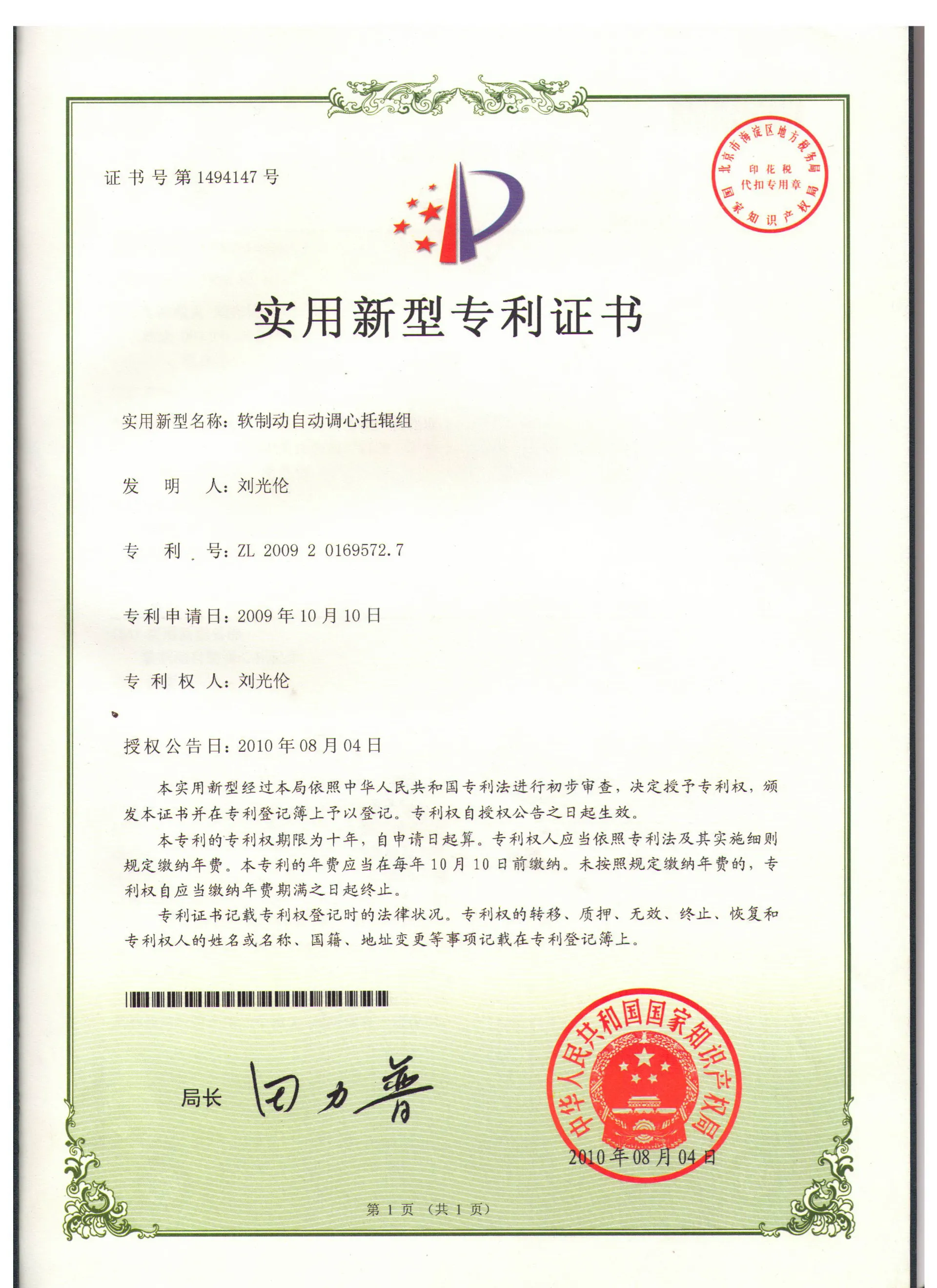 Afrikaans
Afrikaans  Albanian
Albanian  Amharic
Amharic  Arabic
Arabic  Armenian
Armenian  Azerbaijani
Azerbaijani  Basque
Basque  Belarusian
Belarusian  Bengali
Bengali  Bosnian
Bosnian  Bulgarian
Bulgarian  Catalan
Catalan  Cebuano
Cebuano  Corsican
Corsican  Croatian
Croatian  Czech
Czech  Danish
Danish  Dutch
Dutch  English
English  Esperanto
Esperanto  Estonian
Estonian  Finnish
Finnish  French
French  Frisian
Frisian  Galician
Galician  Georgian
Georgian  German
German  Greek
Greek  Gujarati
Gujarati  Haitian Creole
Haitian Creole  hausa
hausa  hawaiian
hawaiian  Hebrew
Hebrew  Hindi
Hindi  Miao
Miao  Hungarian
Hungarian  Icelandic
Icelandic  igbo
igbo  Indonesian
Indonesian  irish
irish  Italian
Italian  Japanese
Japanese  Javanese
Javanese  Kannada
Kannada  kazakh
kazakh  Khmer
Khmer  Rwandese
Rwandese  Korean
Korean  Kurdish
Kurdish  Kyrgyz
Kyrgyz  Lao
Lao  Latin
Latin  Latvian
Latvian  Lithuanian
Lithuanian  Luxembourgish
Luxembourgish  Macedonian
Macedonian  Malgashi
Malgashi  Malay
Malay  Malayalam
Malayalam  Maltese
Maltese  Maori
Maori  Marathi
Marathi  Mongolian
Mongolian  Myanmar
Myanmar  Nepali
Nepali  Norwegian
Norwegian  Norwegian
Norwegian  Occitan
Occitan  Pashto
Pashto  Persian
Persian  Polish
Polish  Portuguese
Portuguese  Punjabi
Punjabi  Romanian
Romanian  Russian
Russian  Samoan
Samoan  Scottish Gaelic
Scottish Gaelic  Serbian
Serbian  Sesotho
Sesotho  Shona
Shona  Sindhi
Sindhi  Sinhala
Sinhala  Slovak
Slovak  Slovenian
Slovenian  Somali
Somali  Spanish
Spanish  Sundanese
Sundanese  Swahili
Swahili  Swedish
Swedish  Tagalog
Tagalog  Tajik
Tajik  Tamil
Tamil  Tatar
Tatar  Telugu
Telugu  Thai
Thai  Turkish
Turkish  Turkmen
Turkmen  Ukrainian
Ukrainian  Urdu
Urdu  Uighur
Uighur  Uzbek
Uzbek  Vietnamese
Vietnamese  Welsh
Welsh  Bantu
Bantu  Yiddish
Yiddish  Yoruba
Yoruba  Zulu
Zulu ceramic pulley lagging
The Importance of Ceramic Pulley Lagging in Industrial Applications
In the realm of industrial machinery, efficiency and durability are paramount. One significant component that contributes to this efficiency is the pulley, and more specifically, its lagging. Ceramic pulley lagging has emerged as a preferred option due to its numerous advantages that enhance the performance of conveyor systems.
Ceramic pulley lagging, which involves the application of ceramic tiles to the surface of a pulley, serves multiple purposes. First and foremost, it significantly improves traction. In many industrial settings, especially in mining and materials handling, the friction between the conveyor belt and the pulley is critical for effective operation. Ceramic lagging features a rough surface that increases the grip on the belt. This enhanced friction minimizes slippage during operation, leading to reduced wear on both the belt and the pulley. As a result, this contributes to a more efficient transfer of materials and reduces the likelihood of operational interruptions.
Another major advantage of ceramic pulley lagging is its durability. The ceramics used are resistant to wear, abrasion, and even high temperatures, making them ideal for environments where heavy-duty performance is required. Traditional rubber lagging can wear out quickly under rigorous conditions, leading to increased maintenance costs and downtime. In contrast, ceramic lagging can withstand harsh environments, extending the life of both the pulley and the conveyor system as a whole. This resistance to wear not only results in lower replacement and repair costs but also enhances the overall reliability of industrial operations.
ceramic pulley lagging

Moreover, ceramic pulley lagging offers significant benefits in terms of noise reduction. The hard surface of ceramic materials is effective in dampening vibrations and reducing noise levels during operation. This is particularly important in settings where noise control is a concern, as excessive noise can lead to worker discomfort and even health issues over time. By integrating ceramic lagging, industries can create a more pleasant working environment while also adhering to noise regulations.
Environmentally, ceramic pulley lagging contributes to sustainability efforts. Longer-lasting materials mean less frequent replacements, which translates to fewer resources consumed over time. Furthermore, many ceramic materials are recyclable and can be repurposed at the end of their life cycle, making them a more eco-friendly choice compared to traditional materials.
In conclusion, ceramic pulley lagging proves to be an invaluable asset in industrial applications. Its ability to improve traction, enhance durability, reduce noise, and promote sustainability underscores its importance in modern manufacturing and materials handling environments. As industries continue to seek ways to boost efficiency and reduce costs, the adoption of ceramic pulley lagging is likely to become increasingly prevalent, driving advancements in operational excellence.
-
Revolutionizing Conveyor Reliability with Advanced Rubber Lagging PulleysNewsJul.22,2025
-
Powering Precision and Durability with Expert Manufacturers of Conveyor ComponentsNewsJul.22,2025
-
Optimizing Conveyor Systems with Advanced Conveyor AccessoriesNewsJul.22,2025
-
Maximize Conveyor Efficiency with Quality Conveyor Idler PulleysNewsJul.22,2025
-
Future-Proof Your Conveyor System with High-Performance Polyurethane RollerNewsJul.22,2025
-
Driving Efficiency Forward with Quality Idlers and RollersNewsJul.22,2025





























